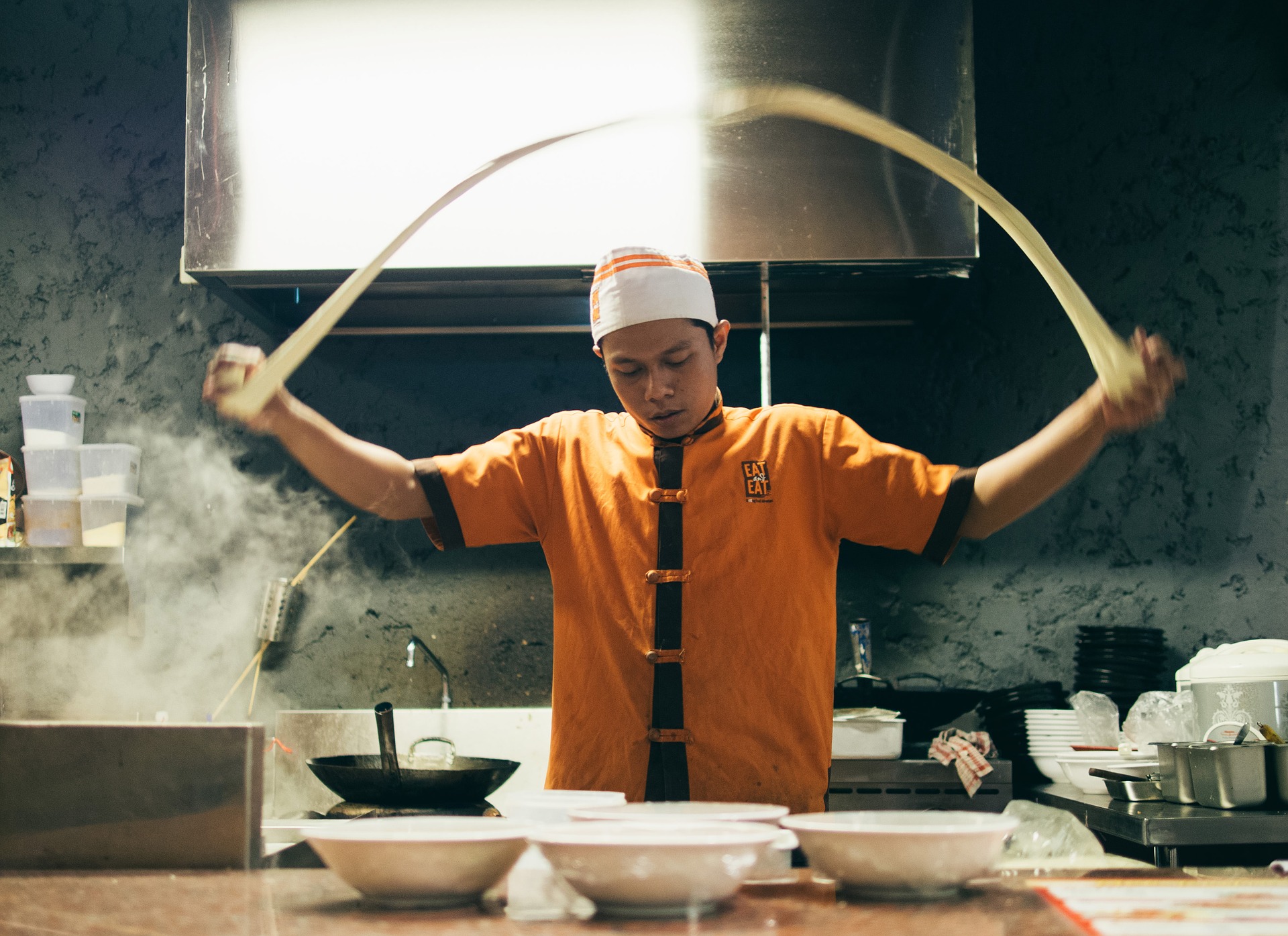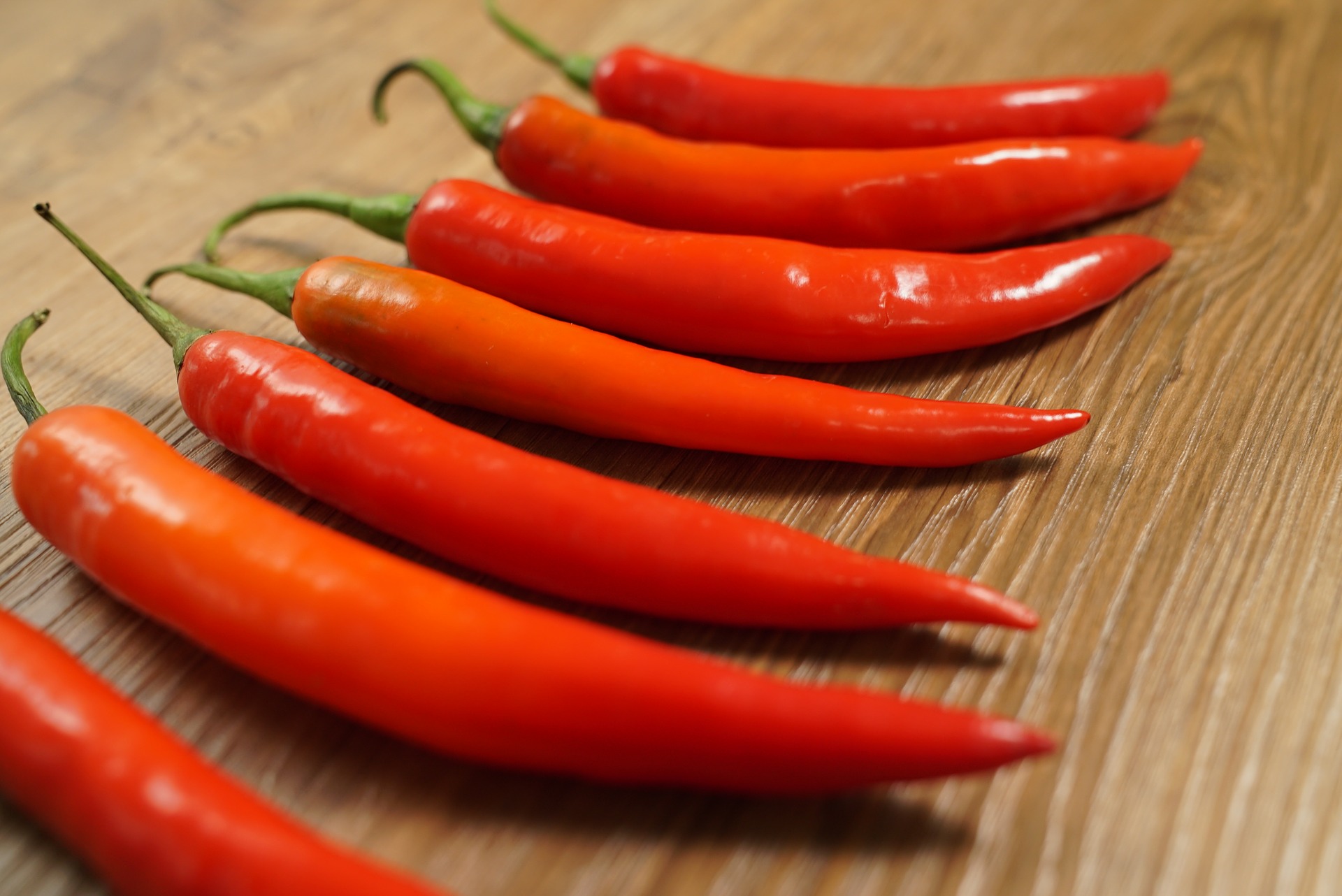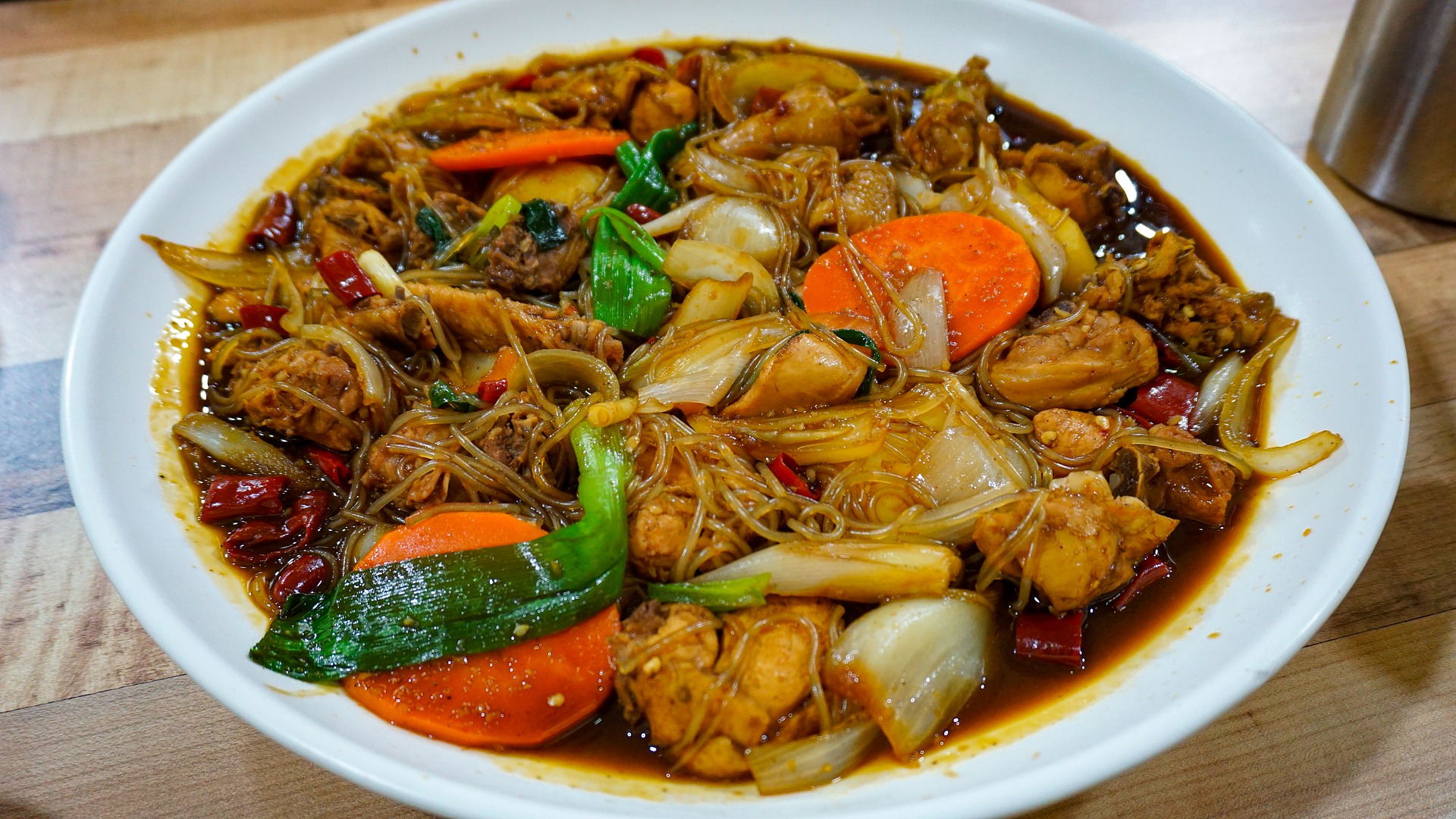Easy Korean Jjimdak Recipe at Home Posted by Flying Oyster on Feb 9, 2021 in Culture, Korean Language, Vocabulary
Living abroad for a long period of time often makes you do things that you wouldn’t normally do at home. Covid-19 has certainly encouraged me to cook more Korean dishes than I would cook at home. I have started regularly cooking Korean food at home since last March when 자가격리 (jah-gah-gyuk-ri: lockdown) had been implemented. I would say this is a time in my life when I cook the most Korean dishes I’ve ever cooked.
I love enjoying food, but I don’t honestly enjoy cooking at home, particularly cooking Korean food. I had a 편견 (pyun-gyun: misconception) about making Korean food. First of all, I thought cooking Korean food at home requires a lot of effort. Secondly, it was often hard for me to access a specific 재료 (jae-ryo: an ingredient) overseas. For instance, I often had to travel far to an Asian store to get only one or two specific ingredients. In my defense, that was a lot of work for a lazy cook.
One of the lessons I have learned from cooking Korean food regularly was that many Korean recipes can be cooked at home without making a fuss to travel to an Asian grocery store. Once I have a bottle of 간장 (gahn-jang: soy sauce), I can make many Korean dishes.
찜닭 (Jjim-dak: soy sauce-based steaming chicken dish) is one of those Korean dishes that could be cooked at home just using soy sauce and chili pepper. I used to think 찜닭 was a special menu item that you could only get at a 찜닭 restaurant in Korea. However, I can say that 찜닭 is not too difficult to cook at home. Today, I share this special recipe that would blow your mind away.
Before you start cooking, please be aware that there are three main parts of cooking:
- Prep vegetables and glass noodles.
- Cook chicken in boiling water before adding soy sauce.
- The soy sauce and other ingredients are added exactly in the order below.
Prep time: 30 minutes
Cooking time:30-40 minutes
What you need…
- 3 pieces of a chicken quarter (for two adults)
- 200 grams of Korean 당면 (Dang-Myeon: Korean glass noodles made from sweet potato) *you can substitute Korean glass noodles with Asian Vermicelli.
- 2 감자 (gahm-jah: potatoes) *it is traditional that potatoes are used for Jjim-dak, but I use 고구마 (goh-goo-mah: sweet potato) instead.
- 1 Carrot
- 1 Onion
- 1 Green onion *green onions can be omitted if you can’t find them from a grocery store.
- 2 Tbsp of minced garlic
- 1-2 Spicy red pepper *it can be omitted if you can’t handle the spiciness. However, I recommend you add at least ½ of pepper for flavor.
For sauce:
- 7 Tbsp of soy sauce
- 3-4 Tbsp of Brown sugar *white sugar is fine to use as well.
- 4 Tbsp of Raw honey
- ½ Tbsp instant coffee/or finely ground coffee
- Pinch of salt and pepper
Let’s cook!
- Wash vegetables and slice them into ½ inches. You don’t want to slice them too thin, especially potatoes. In 찜닭, the chunkier vegetables add more pleasure in the eating.
- Prep glass noodles by submerging them in cold water for 30 minutes. After 30 minutes, drain the water and set them on a plate.
- Put the chicken in a pot and add cold water. Add 1 Tbsp of sugar and boil water. Adding sugar while cooking chicken helps to tenderize the meat as well as adding more flavor. Avoid overcooking at this stage. Once the water boils, stop cooking and dump the water. Leave the chicken in the pot.
- Add 800 ml fresh water to the pot.
- Before water boils again, add 7 Tbsp of soy sauce.
- Add ½ Tbsp of instant coffee. (I was surprised to use coffee in a Korean recipe. Instant coffee strengthens the color of the sauce and it also helps to eliminate the gamy smell of the meat if there is any. If you are sensitive to coffee, use decaffeinated coffee or caramel sauce.)
- Bring the pot to a slow boil for 10 more minutes.
- After 10 minutes, add 2 Tbsp of sugar and 4 Tbsp of honey. (If you use caramel sauce, I advise you to add less honey.) Now boil the pot on the highest heat. (Much Korean food is often cooked at 강불 (gang-bul: the highest heat).
- Add all vegetables and 2 Tbsp of minced garlic. Cook until vegetables get a little tender. (Make sure vegetables are not overcooked at this stage. You will cook for another two and a half minutes for glass noodles.)
- Taste the broth and add more black pepper and salt depending on your preference.
- At the very last moment, add glass noodles and cook them for no more than two and a half minutes. (This is the key to enjoy the perfectly cooked glass noodles!) You don’t want to overcook glass noodles. If you cook them too long, you will end up with mushy noodles and it will make the broth starchy.
- Voila! You have just added one more favorite recipe to your list.
In 2020, I have gained a quality understanding of Korean food and a genuine appreciation of home country food. What other activities have you started doing over the last year?

Build vocabulary, practice pronunciation, and more with Transparent Language Online. Available anytime, anywhere, on any device.







